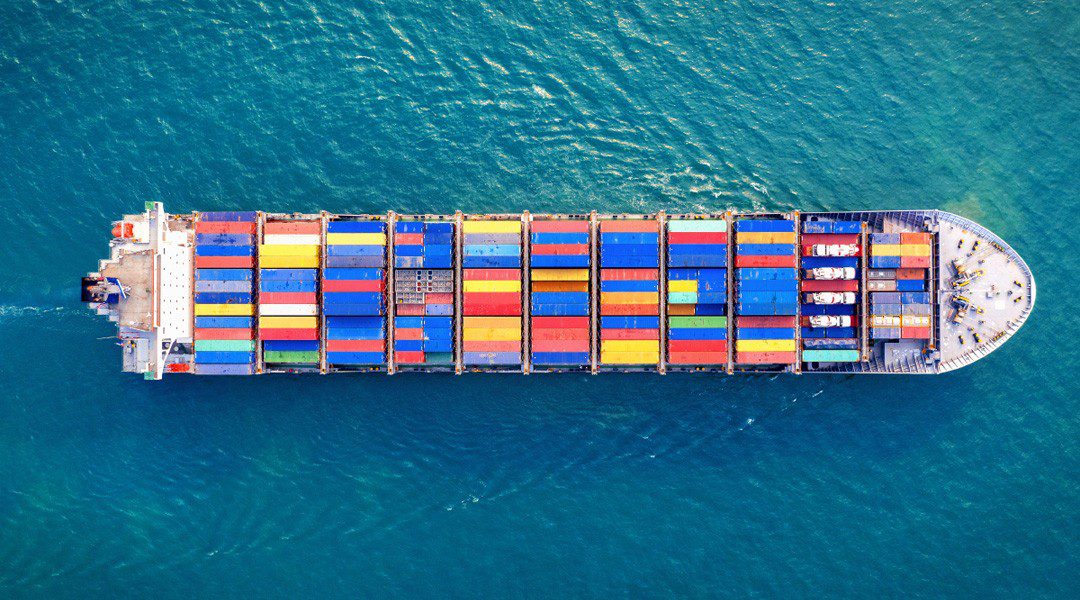China lifted the pace at which it stored crude oil in December, as imports increased at a faster rate than refinery processing.
About 1.19 million barrels per day (bpd) of crude flowed into either commercial or strategic stockpiles in December, up from about 950,000 bpd in November, according to calculations based on official data.
For 2022 as a whole, China added about 740,000 bpd to storage tanks, which was up from the 170,000 bpd added in 2021. But it was down from the 1.26 million bpd in 2020, which was an exceptional year, as refiners gorged on extremely cheap crude in the wake of the initial outbreak of COVID-19 and the global economic lockdowns that followed.
China doesn’t disclose the volumes of crude flowing into or out of strategic and commercial stockpiles, but an estimate can be made by deducting the amount of crude processed from the total of crude available from imports and domestic output.
The total volume of crude available from imports and domestic production in December was 15.29 million bpd, consisting of imports of 11.32 million bpd and local output of 3.97 million bpd.
Refinery throughput rose 2.5% year-on-year in December to 14.1 million bpd, meaning the volume of crude available exceeded the amount processed by 1.19 million bpd.
The question for the wider crude market is whether China’s ongoing storage flows have any implications for the likely demand trend in 2023 in the world’s biggest oil importer.
Since China doesn’t disclose its inventory levels, or talk about them, the market tends to ignore them as a factor, even though there is tremendous focus on U.S. stockpiles and movements in the U.S. strategic petroleum reserve.
There is a consensus that China’s crude oil demand will rise this year as the world’s second-biggest economy re-opens after ending its strict zero-COVID policies.
This bullish view is further supported by Beijing’s decision to grant more quotas for the export of refined fuels, as part of efforts to boost the economy by encouraging refiners to import more crude and export the higher value products.
But even if the positive expectations for China’s crude demand turn out to be correct, it doesn’t necessarily translate into a corresponding increase in oil imports.
Much will depend on crude’s price trajectory in coming months.
Global benchmark Brent futures LCOc1 ended at $85.92 a barrel on Wednesday, the highest close in seven weeks and up 10% from the low this year of $77.84 on Jan. 4.
Much of the recent increase has been attributed to optimism over China’s re-opening, which has outweighed concerns of slowing economic growth in Europe and the United States.
The question is at what price point do Chinese refiners choose to limit their imports and dip into accumulated stockpiles?
There isn’t a hard and fast answer to that question. Rather, history suggests that Chinese refiners pull back from the spot crude market when they assess that prices have risen too far and too quickly.
RUSSIAN CARGOES
Another factor to consider is where China is sourcing its crude, with cheaper Russian oil gaining market share.
China’s imports of both pipeline and seaborne oil from Russia are estimated by Refinitiv Oil Research at 1.82 million bpd, which would beat Saudi Arabia into second place with 1.81 million bpd.
Since Russia’s invasion of Ukraine on Feb. 24 led to Western buyers shunning Russian crude, China has been snapping up cargoes at steep discounts.
This has meant that Russia has played tag team with Saudi Arabia for the title of China’s biggest supplier in recent months, whereas before the attack on Ukraine the Middle East producer was the clear leader.
Refinitiv data shows that in the pre-invasion period of January 2021 to February 2022, China’s seaborne imports from Russia averaged about 590,000 bpd.
In the post-invasion period up until December last year, they averaged around 857,000 bpd, an increase of 267,000 bpd, or about 45%. As an aside, China’s pipeline imports from Russia have remained steady at around 1 million bpd.
Overall, there are more factors at work in China’s crude imports than just a simplistic bullish view, with changes in price, sources of supply and the possible use of inventories all likely to play a part.
Source: Reuters (Writing by Clyde Russell; Editing by Bradley Perrett)





